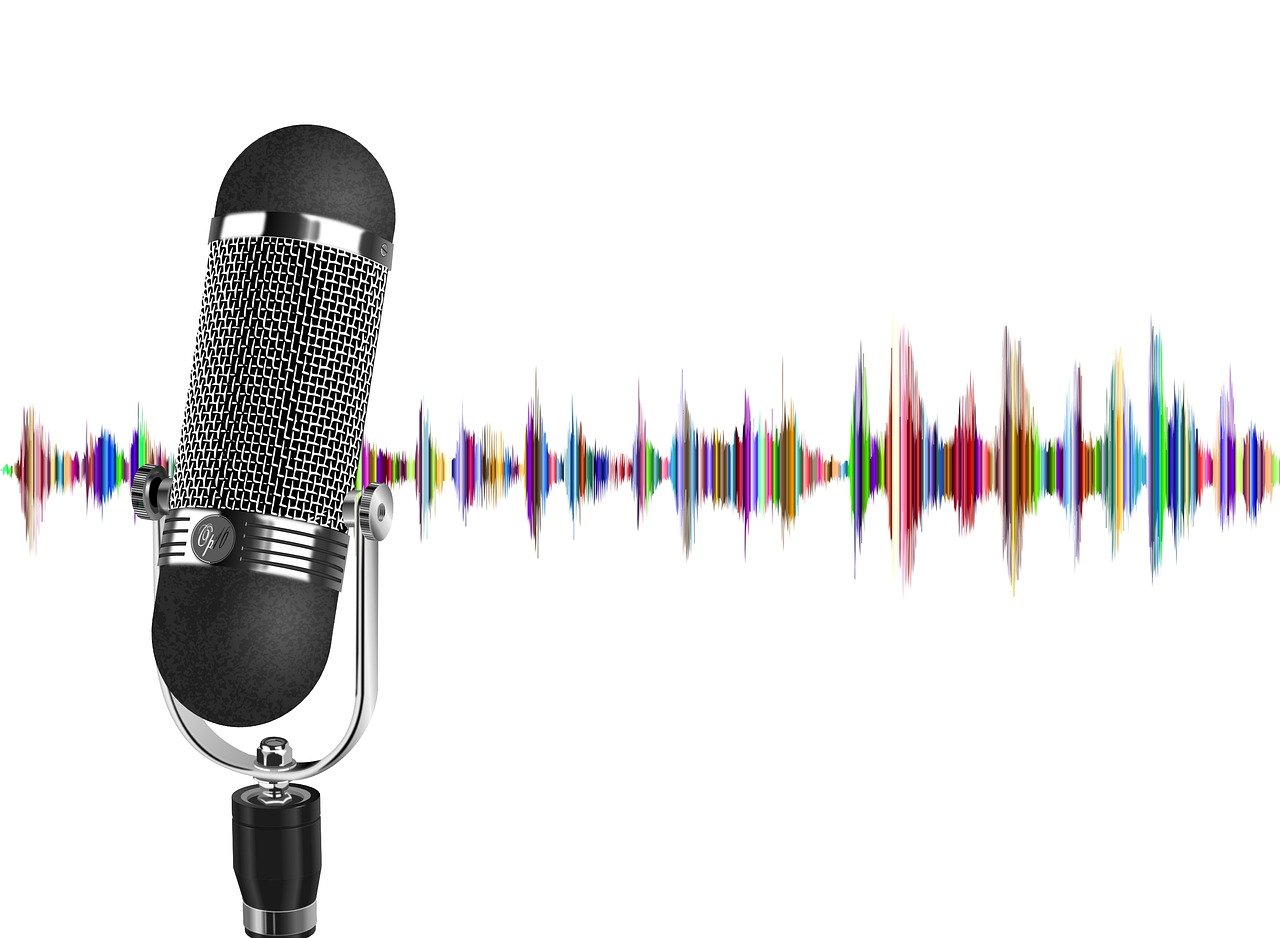Common Medical Transcription Challenges and How to Address Them
The healthcare industry has to undergo changes because of new technology adoption, consumer demands, regulatory framework, among others. The impact of these disruptions affects the process of medical transcription as well.
In light of this, here’s looking at the top challenges faced in the medical transcription industry and the way to mitigate them:
Reliance on speech recognition software– A healthcare organization can have physicians of multiple ethnicity who have their own way of pronouncing certain medical terms. There are chances that while dictating a physician might indulge in a momentary activity such as a spurt of cough or yawning. For such scenarios, a speech recognition software is not intelligent enough to make out the difference in accents while a medical term is pronounced. This will result in conflicting results in the transcription for different physicians.
How to address this challenge?
To prevent such anomalies, the reports must go under the scanner of professional medical transcriptionists who should thoroughly cleanse the report of any possible errors. As a matter of fact, some of the most technologically forward healthcare organizations choose to entrust the medical transcription work to human experts rather than solely relying on a speech recognition software.
Shortage of transcriptionists in developed countries– To begin with, the typically low-scale payment for medical transcriptionists in developed countries such as in the US discourages people from pursuing medical transcription as a career. This has always created a major shortage in the medical transcription workforce. One of the reasons for this low-scale payment is a major decline in reimbursement rates witnessed in some of the US hospitals that induces them to work on stringent budget. Secondly, the work setting of medical transcriptionists exposes them to vision issues, stress, and other maladies that decelerates their productivity, thereby leading to wage losses for them. This is an addition to their low pay scale malady.
How to address this challenge?
There is yet no doubting the fact that medical transcription is a critical arm of the healthcare medical billing process. Therefore, healthcare organizations are looking at outsourcing this task to countries where they can avail an extensive and talented workforce at reasonable rates. Installation of electronic health record systems and speech recognition software is another way of reducing the burden from medical transcriptionists so that they can focus solely on doing a thorough hygiene check of transcribed reports.
A massive rush of data– The convergence of technology with healthcare has resulted in the emergence of software that are aimed at simplifying the medical transcription process. This has increased the reliance on the electronic recording of medical data which resulted in the creation of data in massive amount. Hospitals with their limited knowledge about the data world find it extremely difficult to harness the transcribed data to its true potential. Inability to do so also raises serious questions on the security and accuracy of the final output data.
How to address this challenge?
Hospitals have already started exploring the option of outsourcing medical transcription services. This opens access to experts who have the necessary expertise, tools, and resources to deliver quality medical transcription services while maintaining adherence to all the pertinent regulations.
Conclusion
While outsourcing has emerged as one of the most viable option to tackle the challenges in the medical transcription sector, hospitals make a conscious choice of vendors. They should ideally hail from regions that witness a high degree of medical tourism and thereby is expected to see a rise in medical transcription services.

